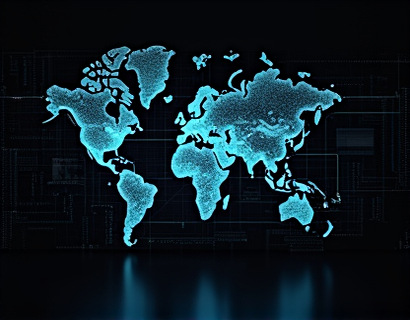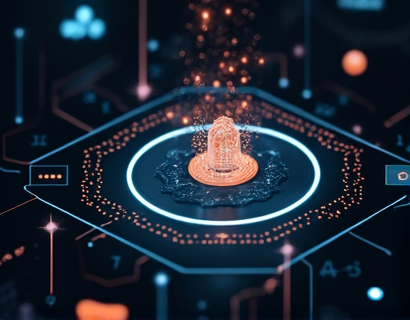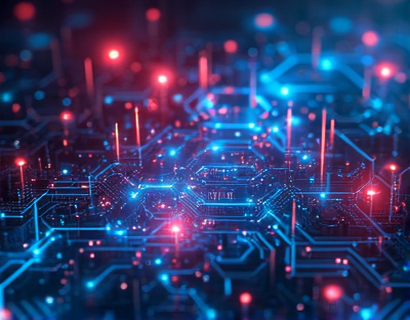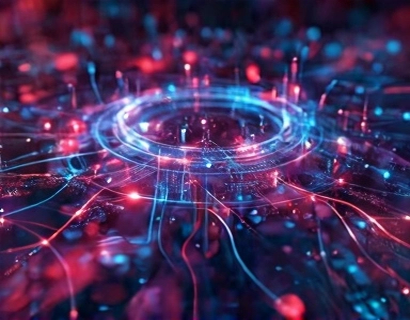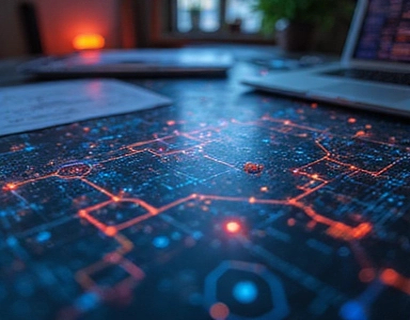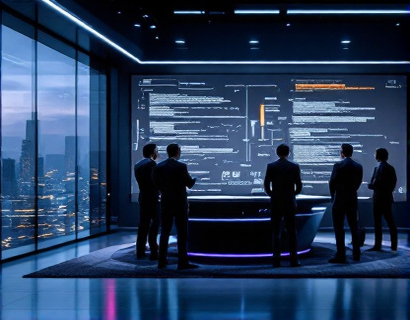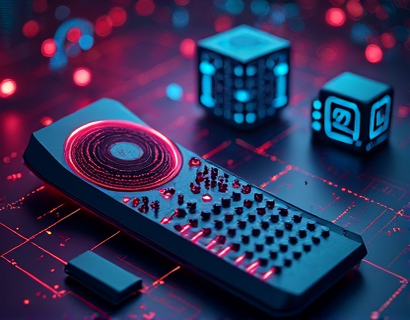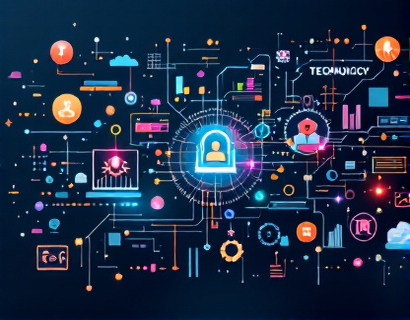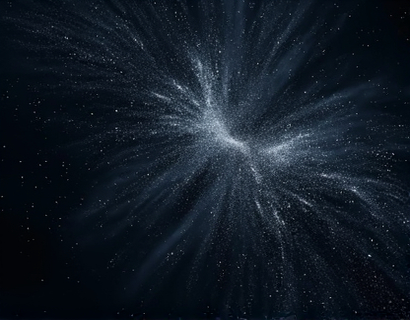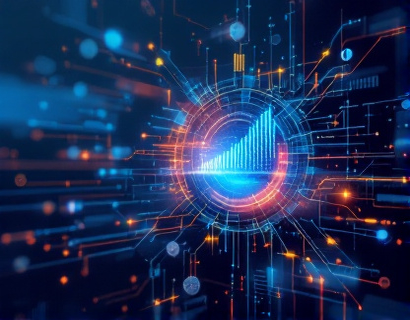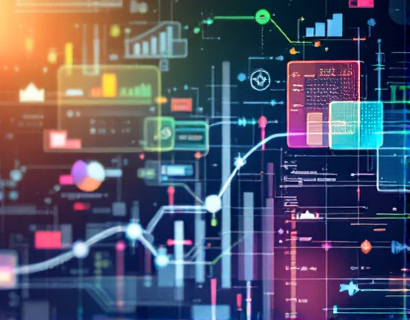AI-Powered Personalized Learning: Revolutionizing Astronomy Education
In recent years, the integration of artificial intelligence in education has opened new horizons, particularly in specialized fields like astronomy. This innovative approach leverages AI to create personalized learning experiences, making complex celestial concepts more accessible and engaging for students and enthusiasts. The traditional methods of astronomy education, while rich in history and depth, often struggle to cater to individual learning paces and styles. AI-driven platforms are changing this landscape by offering interactive exploration and expert insights, transforming the way we learn about the universe.
Personalized Learning Paths
One of the most significant advantages of AI-powered personalized learning in astronomy is the ability to tailor educational content to individual needs. Each learner's journey through the cosmos can be uniquely designed based on their prior knowledge, interests, and learning speed. AI algorithms analyze user interactions and performance, adjusting the difficulty and focus of the material in real-time. This ensures that beginners are not overwhelmed and advanced learners are continually challenged, fostering a deeper and more sustained interest in astronomy.
For instance, a student new to astronomy might start with basic concepts such as the solar system and stellar classification. As they progress, the AI system introduces more complex topics like dark matter, exoplanets, and cosmology, always ensuring that the content is relevant and engaging. This adaptive learning environment not only enhances understanding but also builds confidence, encouraging learners to explore further.
Interactive Exploration Tools
Interactivity is a cornerstone of AI-powered astronomy education. Traditional textbooks and lectures can only so much to bring the vastness of space into the classroom. AI-driven platforms incorporate interactive tools that simulate real astronomical observations and experiments. Virtual telescopes, 3D models of celestial bodies, and interactive simulations of cosmic events allow learners to engage with the material in a hands-on manner.
These tools are not just educational; they are also highly engaging. Students can explore the surface of Mars, witness a solar eclipse, or even simulate the formation of galaxies. Such interactive experiences make abstract concepts more tangible and memorable. For example, an AI-driven simulation can show how the gravitational pull of a black hole affects nearby stars, providing a visual and intuitive understanding of this complex phenomenon.
Expert Insights and Community Engagement
While personalized learning and interactive tools are powerful, the addition of expert insights and community engagement elevates the learning experience to new heights. AI platforms can connect learners with professional astronomers, educators, and enthusiasts, providing access to a wealth of knowledge and perspectives. These experts can offer guided tours through the cosmos, answer complex questions, and share their latest research findings.
Moreover, the community aspect of these platforms fosters a sense of belonging and collaboration. Learners can join discussion forums, participate in group projects, and share their own discoveries. This community support is invaluable, especially for those who might feel isolated in their learning journey. The exchange of ideas and experiences enriches the educational process, making it more dynamic and enjoyable.
Enhanced Accessibility and Inclusivity
AI-powered personalized learning in astronomy also addresses issues of accessibility and inclusivity. Traditional astronomy education can be barriers for many due to geographical, financial, or physical limitations. Online AI-driven platforms break these barriers by providing free or low-cost access to high-quality educational resources. Learners from diverse backgrounds can explore the universe from the comfort of their homes, equipped with just a computer or smartphone.
Additionally, these platforms often include features to accommodate different learning needs, such as text-to-speech for visually impaired users or multilingual support for non-native speakers. This inclusivity ensures that the wonders of astronomy are accessible to a broader audience, promoting a more diverse and inclusive community of learners.
Real-World Applications and Career Opportunities
The skills and knowledge gained through AI-powered astronomy education are not only intellectually rewarding but also highly practical. The field of astronomy is closely linked to various scientific and technological advancements, including space exploration, satellite technology, and data analysis. By mastering these concepts, learners open doors to a wide range of career opportunities in science, technology, engineering, and mathematics (STEM).
AI-driven platforms often include modules on current research and industry trends, preparing students for the demands of the modern workforce. For example, understanding the principles of exoplanet detection can be crucial for roles in exoplanet research or space mission planning. The hands-on experience gained through interactive simulations and projects directly translates to real-world skills, making learners more competitive in the job market.
Continuous Learning and Lifelong Curiosity
One of the most profound impacts of AI-powered personalized learning in astronomy is the promotion of continuous learning and lifelong curiosity. The universe is an endless source of mystery and wonder, and AI-driven education encourages learners to stay curious and keep exploring. The platform's ability to adapt to a learner's evolving interests ensures that the journey through astronomy is never stagnant.
Whether it's the latest discoveries in dark energy, the exploration of distant galaxies, or the search for extraterrestrial life, there is always more to learn. AI platforms can keep learners updated with the latest findings and encourage them to pursue their passions beyond the basics. This continuous engagement with the subject matter fosters a deep and lasting appreciation for astronomy, inspiring the next generation of scientists and explorers.
Conclusion
AI-powered personalized learning is revolutionizing astronomy education by making it more accessible, interactive, and engaging. Through tailored learning paths, interactive tools, expert insights, and community engagement, these platforms transform the way we understand and explore the universe. As technology continues to advance, the potential for innovation in astronomy education is vast, promising a future where the stars are within reach of everyone.





